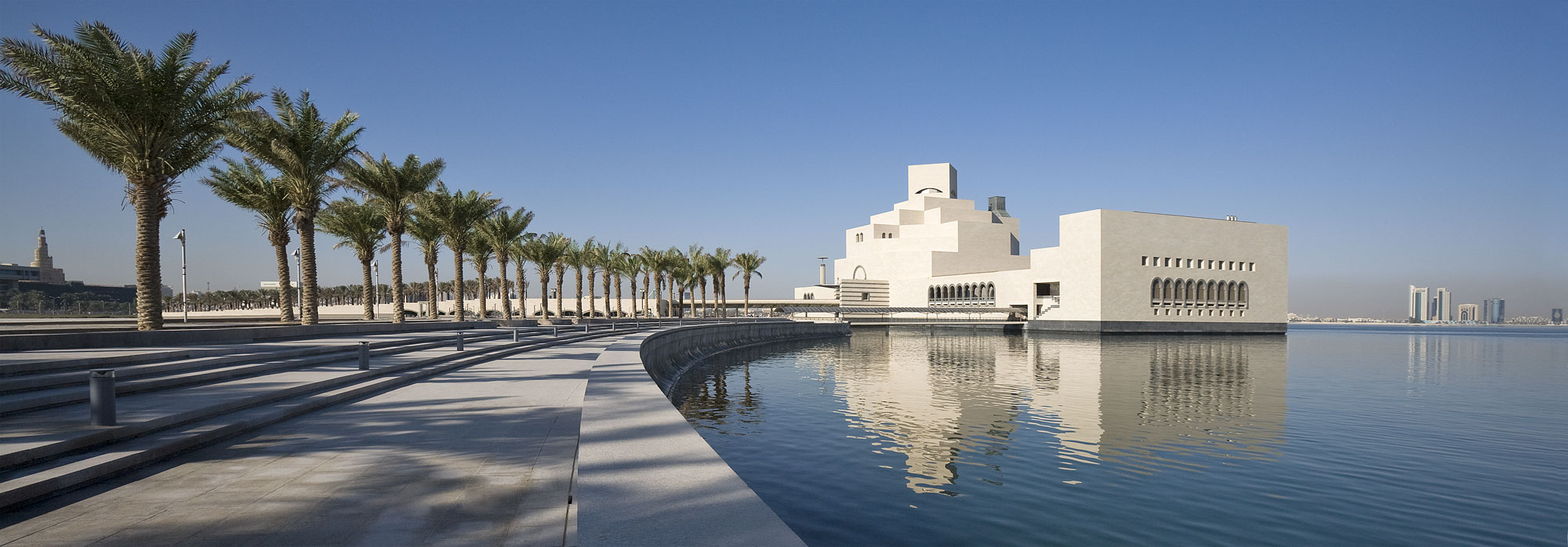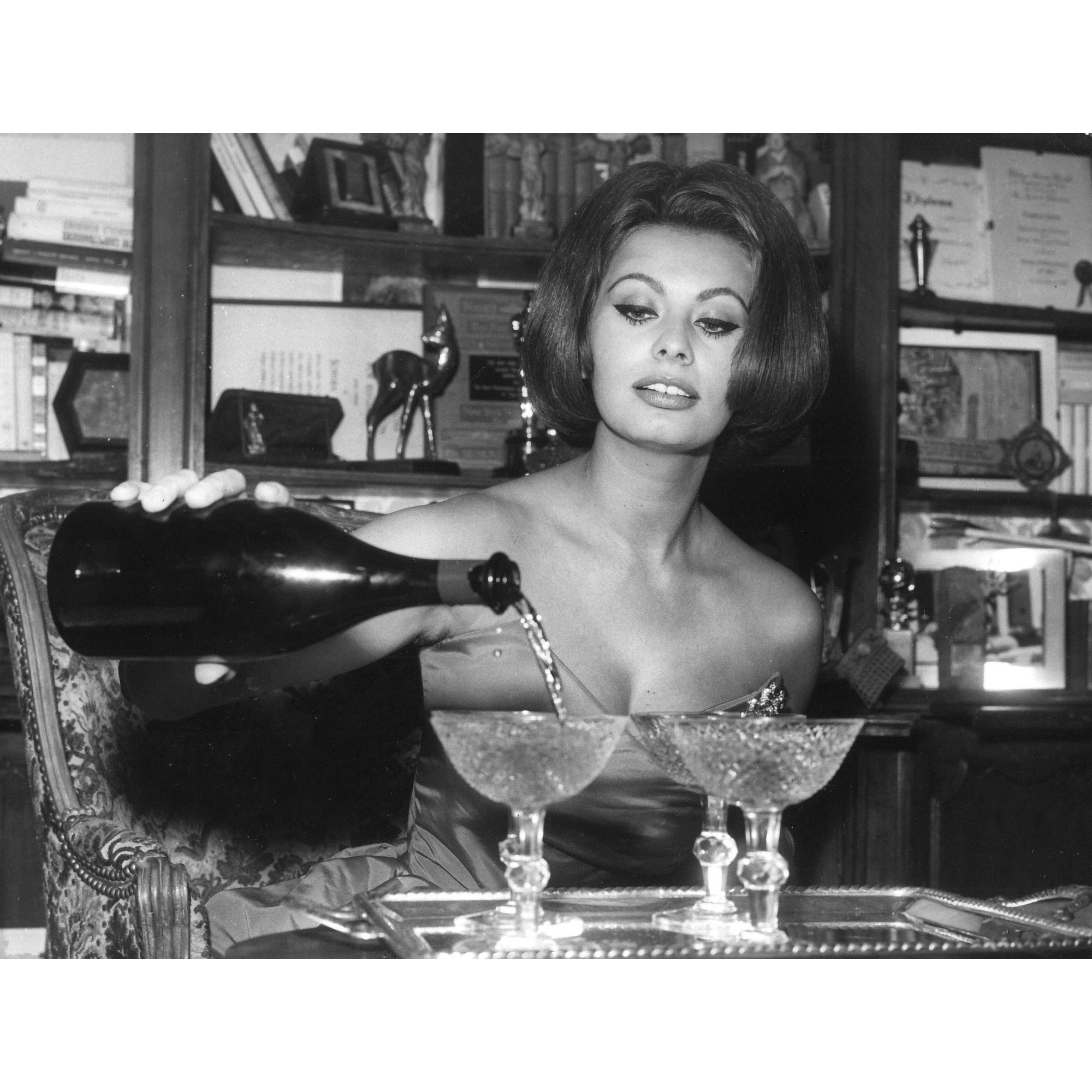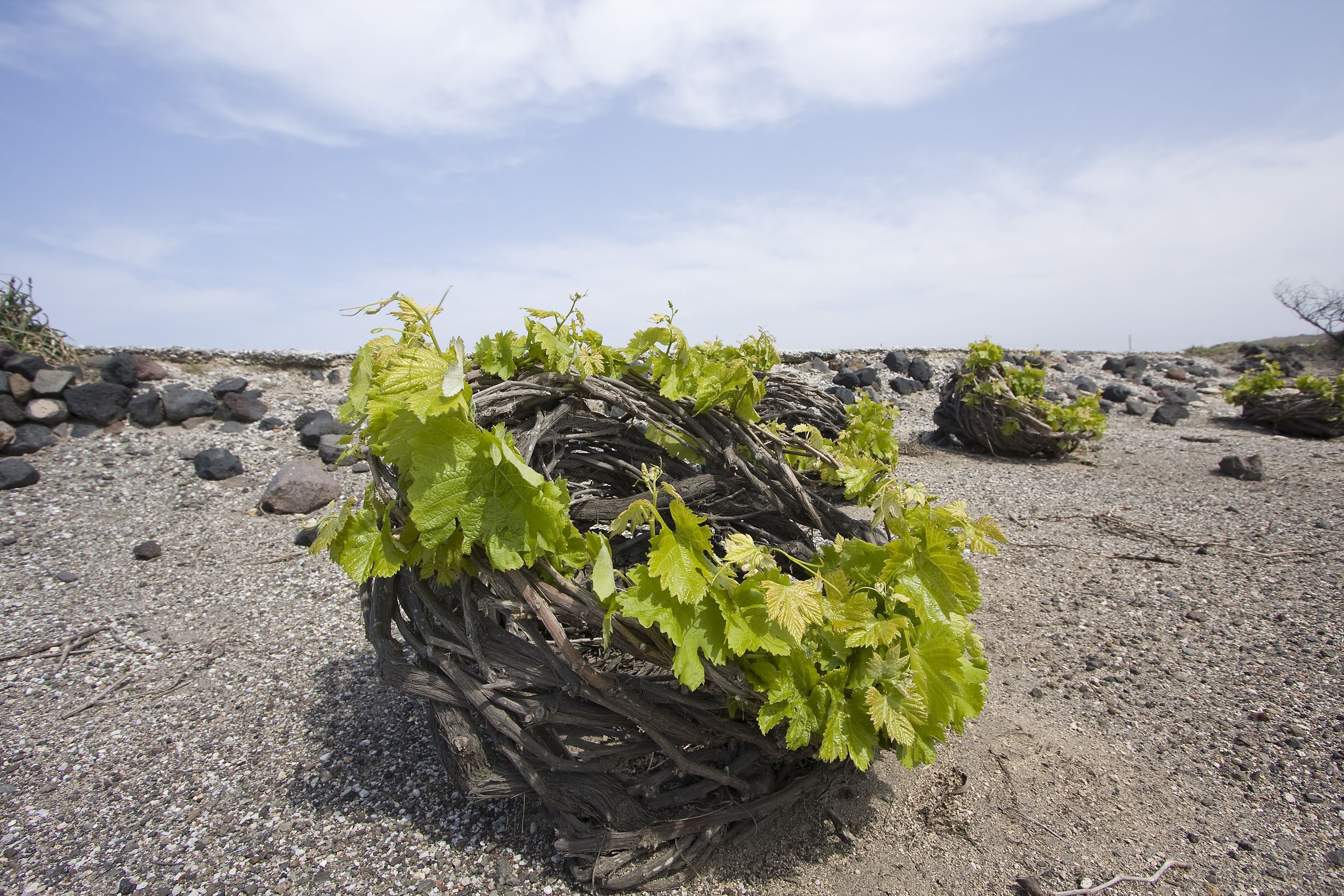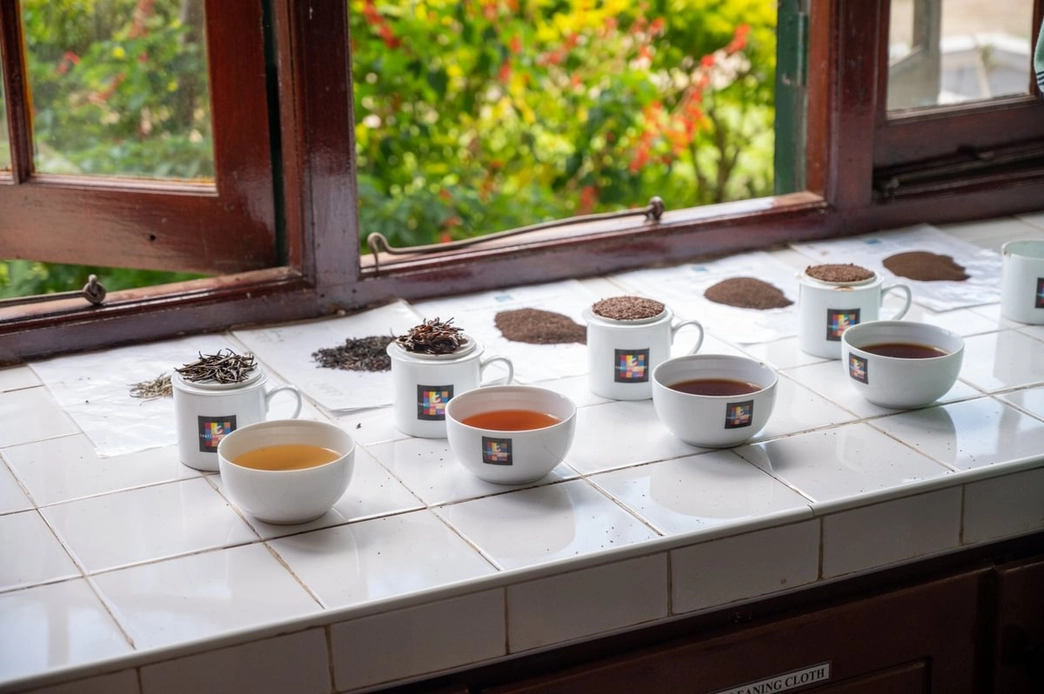The answer lies in Doha. And it’s unlike anything you’ve ever seen.
In a city that has mastered the art of bold architecture and curated experiences, one place stands out, not because it screams for attention, but because it whispers to the soul. The Museum of Islamic Art (MIA) in Doha is one of those rare places that slows you down. It invites you to pause, to breathe, and to look deeper.
The story of this museum begins with a question. When Qatar needed a museum to house its vast collection of Islamic art, it turned to a legendary figure – I.M. Pei, the visionary architect behind the Louvre’s glass pyramid in Paris. At 91 years of age, Pei had already retired. But the project intrigued him. He accepted the challenge, on one condition: he would travel across the Islamic world to study its architecture before putting pen to paper.
He spent six months visiting mosques, forts, and madrasas across Tunisia, Egypt, Syria, and Turkey. Then, he asked for an island, literally! Pei insisted the museum be built on its own manmade island, just off the Doha Corniche, so that no other building would intrude on its silhouette. What he created is a temple to light, geometry, and contemplation. The Museum of Islamic Art is not just a building. It is a legacy.
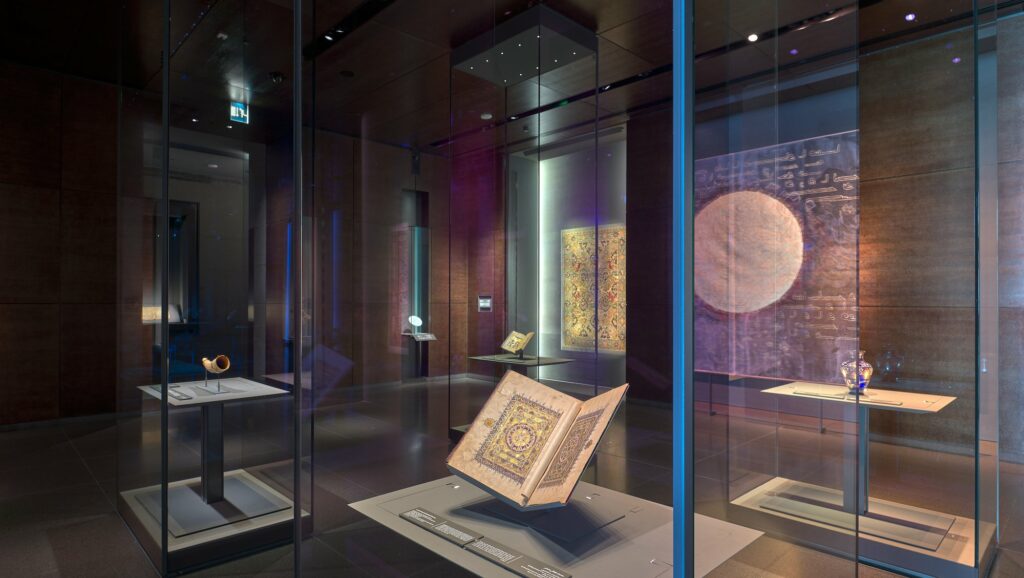
A Masterpiece in Stone and Light
As you approach the museum, it appears to rise out of the Arabian Gulf, serene and timeless. Its geometric structure feels both ancient and futuristic. Inspired by a simple element – the ablution fountain of Cairo’s Ibn Tulun Mosque – Pei used clean lines and stark materials to evoke centuries of Islamic architecture. Yet there is nothing dated about it.
Step inside, and the drama continues. The vast central atrium is a study in light and proportion. A sweeping double staircase spirals upward under a domed ceiling, and a massive oculus lets in the sun, casting a glow that changes through the day. The atmosphere is calm, almost sacred. This is architecture that doesn’t shout. It hums.
Inside the World of Islamic Art
The museum’s collection spans over 1,400 years of Islamic art from across three continents. This is not a museum that overwhelms with volume. Instead, it offers a finely curated journey through time, with each piece carefully chosen to highlight the diversity and beauty of Islamic creativity.
Among the highlights:
- The stunning Blue Qur’an, written in gold on indigo-dyed parchment from 9th-century North Africa.
- Jewel-encrusted Mughal ceremonial daggers and ornate Persian armour.
- Delicately woven Ottoman and Safavid carpets, rich in colour and intricate in design.
- Scientific instruments like astrolabes that showcase the intellectual heritage of the Islamic world.
- Elegant Syrian ceramics, glassware from Egypt, and painted manuscripts from India.
Each gallery flows into the next, supported by clear signage and excellent curatorial notes that make the experience accessible even for those unfamiliar with Islamic history. The museum manages to balance education and emotion beautifully.
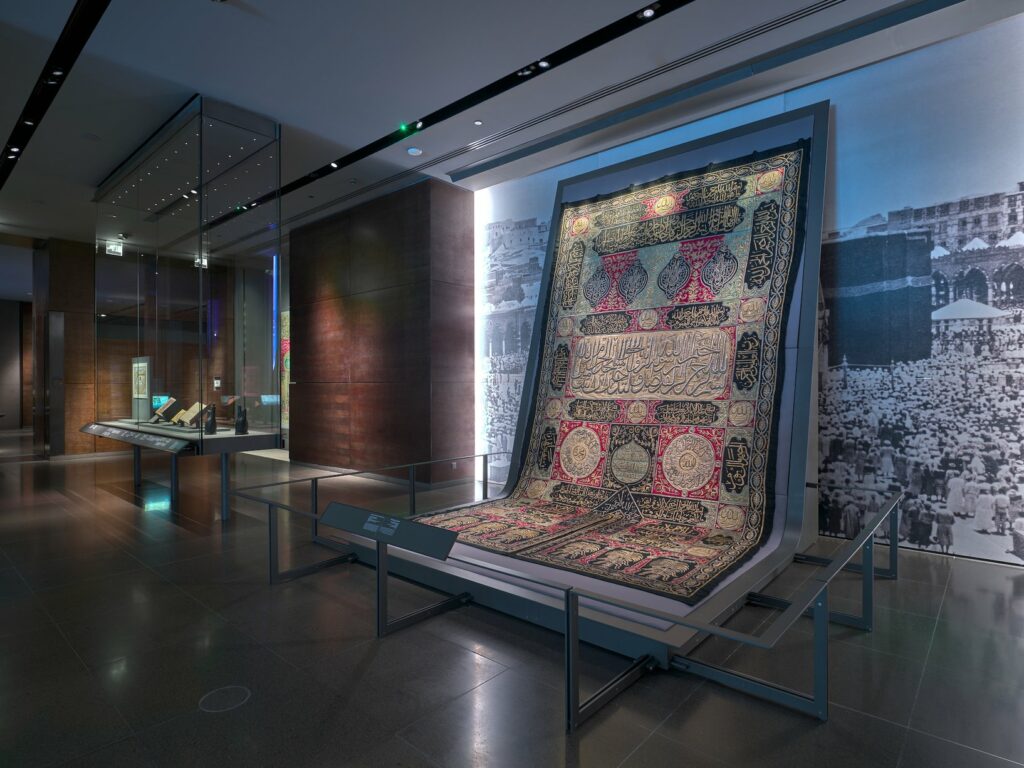
How Long to Spend and What to Expect
Plan to spend 2.5 to 3 hours at the museum. Begin with the permanent galleries, then explore any temporary exhibitions, which often feature modern Islamic art or themed retrospectives.
Afterward, step outside into the MIA Park. This waterfront green space offers sweeping views of the Doha skyline and is perfect for a leisurely walk or simply sitting with a coffee. There are also art installations scattered around the park, adding to the creative energy of the space.
Dining at MIA: Art for the Palate
No visit is complete without a meal at IDAM, the museum’s fine-dining restaurant on the top floor. Helmed by Michelin-starred chef Alain Ducasse, IDAM offers a refined blend of French Mediterranean cuisine with Arabic influences. Think lobster with harissa, or camel meat prepared like a Parisian delicacy. The setting is just as exquisite, with plush interiors and floor-to-ceiling views over the Gulf.
If you prefer a lighter meal or a relaxed atmosphere, the MIA Café on the ground floor is a lovely space to enjoy coffee, tea, and light bites. With clean design and a peaceful vibe, it’s ideal for a midday pause.
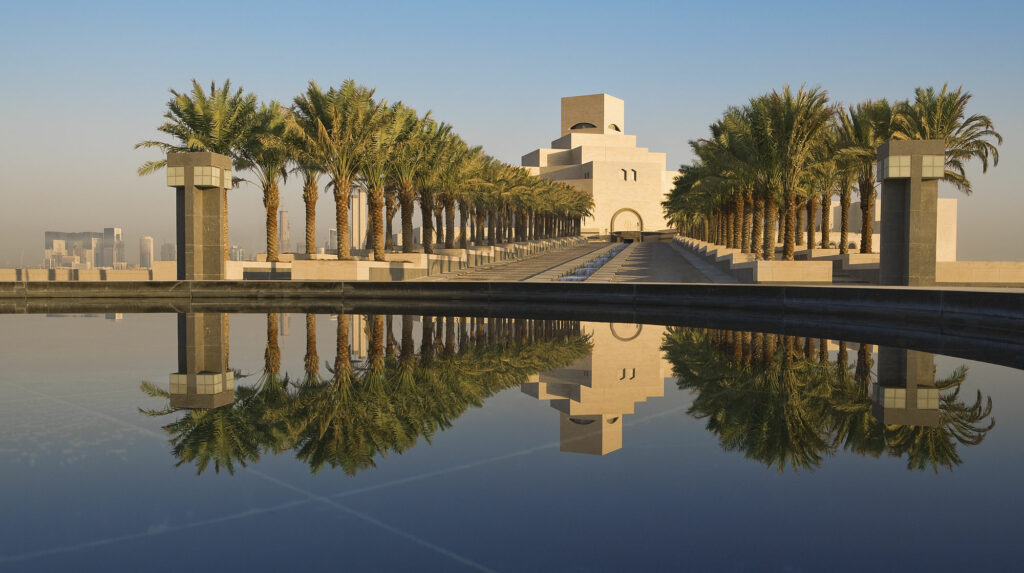
Visitor Information
- Opening Hours:
Saturday to Thursday: 9:00 AM to 7:00 PM (extended till 9 PM on Thu)
Friday: 1:30 PM to 7:00 PM
(Closed on Wednesdays)
- Ticket Prices:
General admission: QAR 50 (approx. ₹1,150 / USD 14)
Free for children under 16, Qatar residents, and students with valid ID.
Tickets can be purchased on-site or online via the Qatar Museums website. - Getting There:
The museum is centrally located along the Corniche and is easily accessible by car or taxi. If you’re staying at a luxury hotel in West Bay or Msheireb, the ride takes just 10 to 15 minutes. - Travel Tips:
- Arrive in the morning for the best light and a quieter experience.
- Dress modestly to respect local customs – covered shoulders and knees are recommended.
- Don’t forget to explore the museum’s gift shop, which offers unique, well-curated souvenirs and design-forward books.
The Museum of Islamic Art is not just a cultural stop – it is a poetic experience of time, space, and spirit. It is the result of a man in his nineties, at the height of his wisdom, distilling centuries of design into one final, powerful gesture.
In a world that often rushes through beauty, this museum invites you to slow down, look closely, and feel the weight and wonder of human creativity. If you are planning a trip to Qatar, do not miss it. It will not only meet your expectations – it may shift the way you see art, architecture, and time itself.
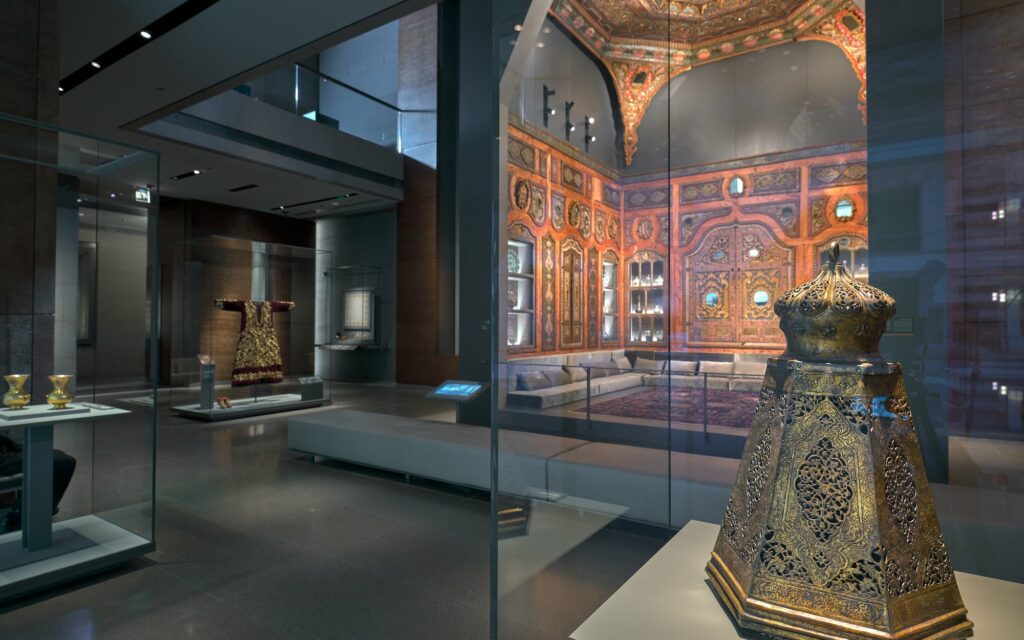
The Panache World team recently visited the Museum of Islamic Art in Doha and came away deeply inspired by its architecture, collection, and overall experience. As a luxury travel company specializing in thoughtfully curated journeys, we can help you plan the perfect Doha stopover – whether it’s a cultural immersion, a relaxing layover, or a seamless part of a larger itinerary. Reach out to make your time in Doha not just worthwhile, but truly unforgettable.

